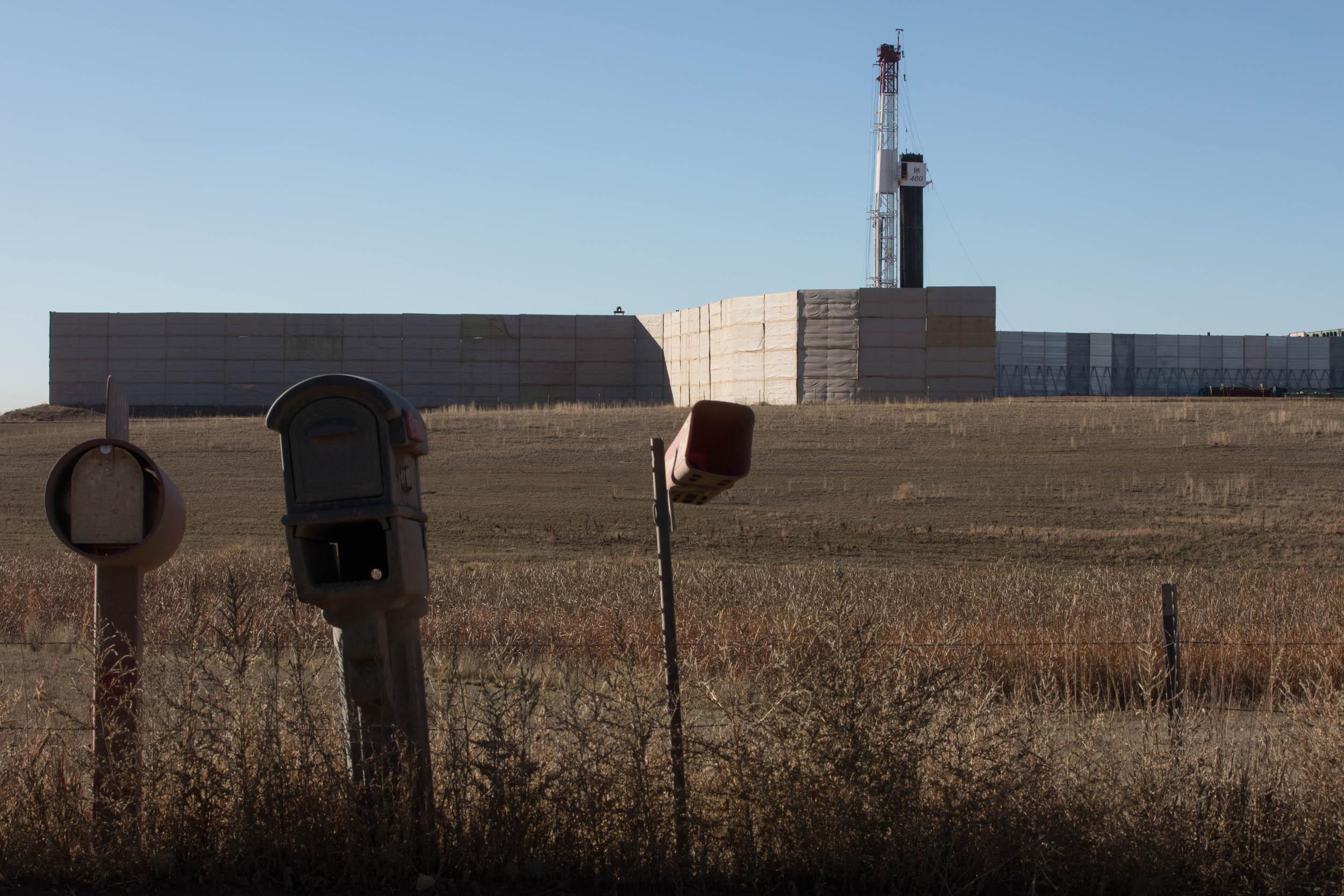
For years, some Coloradans have called for changes to how far oil and gas wells have to be from places like schools or homes. Those calls have led to some incremental changes, but in 2018, voters rejected an attempt to significantly increase minimum distances known as setbacks.
Yet now, state regulators will take another swing at it, this time with a new set of ground rules as they debate how far oil and gas development needs to be from schools and housing like apartment buildings. The stakes are high: In a few months, how Colorado regulates oil and gas development could be very different. The industry, politicians, and advocates against fossil fuels all see the work happening now as the main venue to hash out their differences.
The new ground rules, born out of a 2019 state law passed by Democrats, say that health and safety have to be bigger considerations for state regulators when they approve or deny permits from oil and gas companies.
To hammer out what that means with regard to setbacks, as well as who gets to make decisions about new permits, the Colorado Oil and Gas Conservation Commission began a marathon set of hearings in the last week of August that will likely last into September. The hope is to reach some sort of consensus that would allow oil and gas development to exist alongside Colorado communities, despite growing concerns about health, safety and the industry's contribution to climate change. Among the specific policies on the table for debate:
- Require a greater distance between new wells and some occupied structures. Right now, wells can’t be permitted within 1,000 feet of school grounds or child care centers. The new proposal would double that to 2,000 feet. It would also change setbacks from high-occupancy buildings and 10 or more residential buildings to 1,500 feet, though it would keep setbacks for a number of residential buildings of less than 10 at 500 feet.
- Make changes to permitting, to give both local governments and the state decision making power.
- Loosen the rules around who can claim to be affected by a new oil and gas project and can testify for or against it. That essentially would allow more public input into permitting decisions.
- More water protections, to make sure fluids used in hydraulic fracturing don’t affect water sources, and to ban some specific chemicals.
Gov. Jared Polis had hoped the new ground rules that prioritize health and safety, and the deliberative process underway to come up with specific policies will put an end to big, statewide fights over the oil and gas industry. But again in 2020, both oil and gas companies and their opponents proposed asking voters for rules that would benefit their side. Polis intervened to keep those measures off the 2020 ballot, pleading with both sides to let the new rules take effect and try to solve the disputes over new drilling.
The proposed 2,000-foot setback for schools comes from a study the state released in 2019. It found, through modeling, that in some rare scenarios in certain phases of oil and gas development, people could experience negative, short-term health impacts like headaches, dizziness and respiratory issues. State regulators say they want to be especially cautious when it comes to the possibility of children’s exposure to chemicals from oil and gas development.
During the recent hearings, toxicologists representing various oil and gas companies said that the science doesn’t support the need for a 1,500 or 2,000-foot setback. The groups argue that as oil and gas technology improves, with things like closed-loop systems that are designed to limit emissions, it’s safe to keep the state’s current setbacks in place.
Advocates on the other side support increased setbacks, though some think Colorado should generally move away from oil and gas altogether, instead of arguing over where new operations should be put.
The first batch of rulemaking hearings is tentatively scheduled to continue through Sept. 14. Another round of hearings on a different set of rules will start in early September and last till the end of the month. The final vote on the adoption of all the new rules could come as early as Oct. 9.









